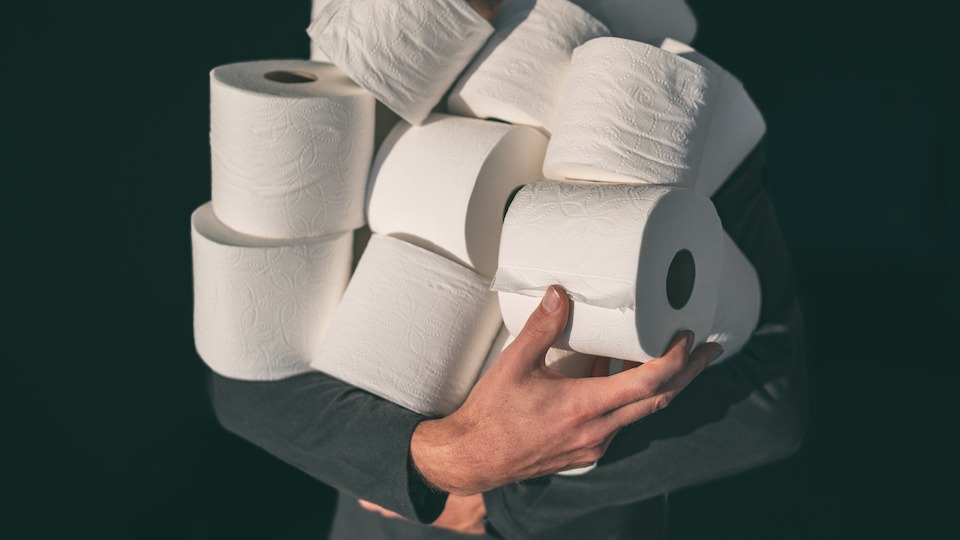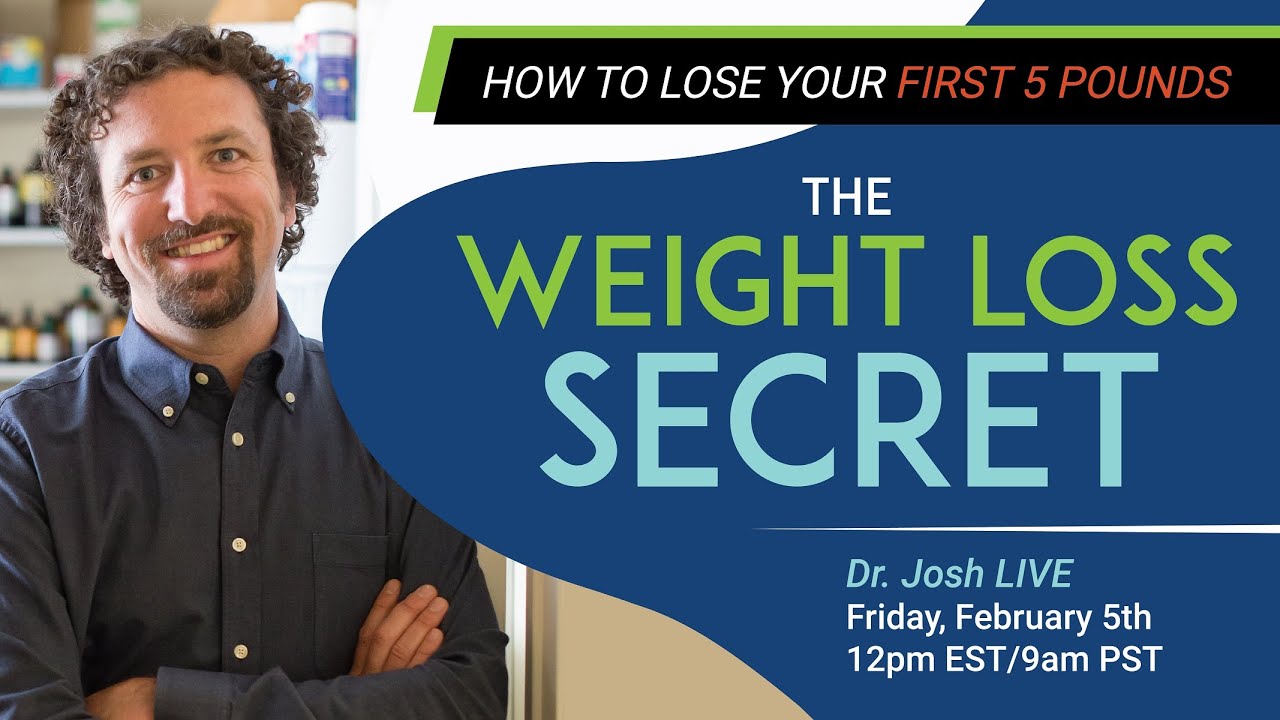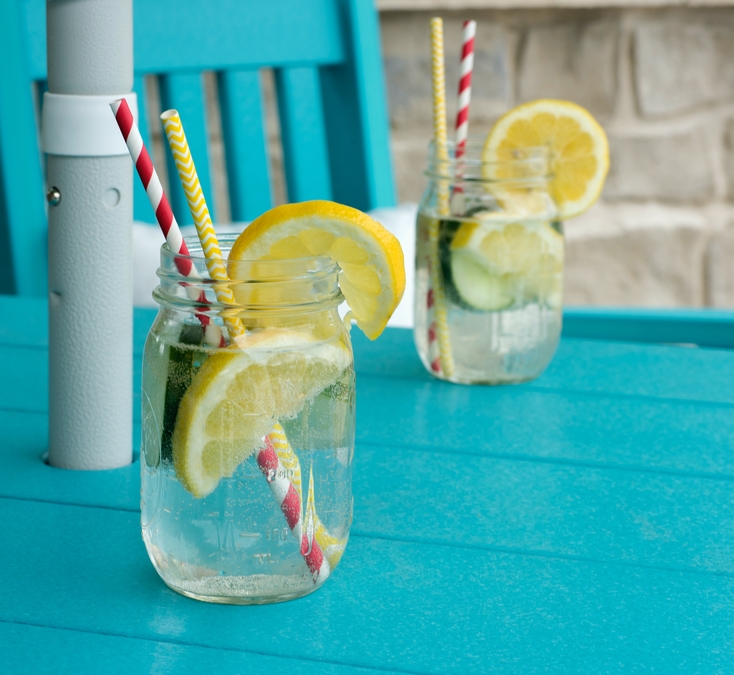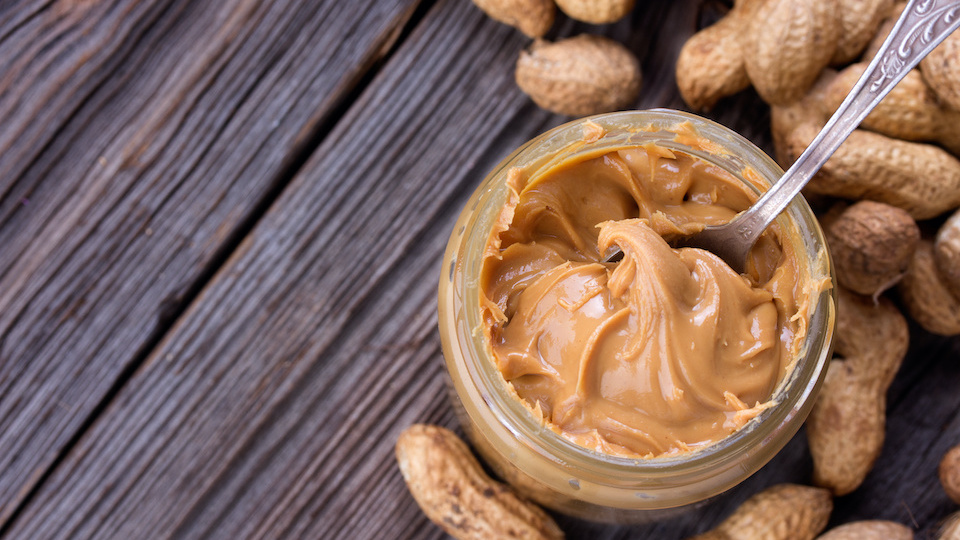Likely many of us, you may have had this experience lately. You arrive at the toilet paper aisle in the grocery store only to find it completely deserted. It’s very noticeable when large items like toilet paper packs are missing, as they leave a huge gap in the shelving real estate. If you were lucky enough to find a pack, you might have found that most stores are enforcing buying limits. Some people who aren’t able to locate any toilet paper in stores are looking online, and finding that delivery services can’t guarantee availability and are pushed out a week, or even reserved for customers who need special assistance.
The populace has been getting desperate and even violent in their hunt for this daily essential. One supermarket in Sydney, Australia, reported a knife being pulled in an argument over a pack of toilet paper, and armed robbers in Hong Kong were reported stealing entire pallets of the product. On social media, #toiletpapergate and #toiletpapercrisis were top trends, while rolls were being sold for inordinate amounts of money online. Listeners were calling into radio stations to win packs of 3-ply, and those who were left high and dry even resorted to stealing from public restrooms.
Consumer psychology experts say the behavior is irrational, a product of our media-driven age with mass frenzy driven by social media and news coverage. But we’re here to tell you…don’t panic! There are plenty of options besides toilet paper to ensure your daily ‘functions’ remain comfortable, convenient, and hygienic.
Is toilet paper that great anyway?
An emerging trend shows some people wanting to ditch toilet paper anyway since it is expensive, unsustainable, and unhygienic. There has been speculation that toilet paper isn’t that effective at removing number twos, Studies have found that surfaces such as touchscreens, remote controls, and restaurant menus all have E.coli on them because inadequate cleansing in the restroom means we end up transmitting bacteria around the environment (and to each other). Also, excessive wiping can cause or agitate conditions such as anal fissures, hemorrhoids, and urinary tract infections.
So, perhaps toilet paper isn’t all it’s cracked up to be. Plus, keep in mind, before the invention and mass production of toilet paper in the 1850s, people still cleaned themselves! One age-old solution is a simple bamboo stick, with one end wrapped in fabric for wiping. In medieval times these were shared communally, with the stick left in a bucket between uses. A more pocket-sized, yet likely uncomfortable solution were pottery shards called ‘ostraka’ used in Ancient Greece to scrape off toilet remains. Early settlers used dry corn cobs for their ablutions, while folks in the early 20th century preferred to recycle paper goods: magazines and mail-order catalogs, which used to be made with a hole in the corner so they could be easily hung up in the outhouse and used for toilet paper.
Some of these historic options may not be so appealing, so we wanted to find out, what are some realistic options for us today? Whether you are choosing to shift away from toilet paper, or are simply left without a roll, here are some at-home alternatives.
Newspaper
While this may not be a great option comfort-wise, it’s plentiful and easy to get your hands on. One newspaper in Australia recently printed eight pages in the middle of the paper for just this purpose. Others have resorted to coffee filters, which may be slightly more comfortable on the tush. Note that neither of these should be flushed down the toilet.
Washable cloths
One easy at-home option is to switch to washcloths. If you don’t have enough, cut old t-shirts or bedsheets into rags. Keep the clean, makeshift toilet cloths in a pretty basket in the bathroom, and deposit into a container or bucket when dirty. Plan to have a four to five day supply of cloths with about ten cloths per day per family member. Be sure to wash and sanitize separately from other laundry.
If you prefer a ready-made solution, some companies sell reusable toilet paper. One company sells handmade squares of soft fabric toilet ‘paper’ that can be washed, just as you would wash cloth diapers. They come in attractive designs, and the sheets can even be made with plastic snaps so they can be attached together and rolled up to function like regular toilet paper.
Use alternative sanitary products
Perhaps the most obvious solution is to use alternative products like tissues or wipes. The main issue here is that these must not be flushed down the toilet. Reports from all over the country show wastewater officials begging people to stop flushing these items, using the hashtag #WipesClogPipes. Even “flushable” wipes take 12 times longer to break down than toilet paper. The best solution is simply to place a small lidded trash can next to the toilet and deposit the items there. If you’re tempted to send a stray wet wipe down the toilet, thinking, “Just once won’t hurt,” keep in mind that bad as things are now, sewage-filled streets are much worse.
Have a shower
It may seem extreme, but jumping in the shower is an easy way to get clean after using the toilet.
Pouring jugs
If you don’t want to get quite as involved as a full-on shower, why not try a smaller washing device. Items such as the Tabo – essentially a large measuring cup, or the Iota – basically a plastic teapot, are used in many Asian and middle eastern countries. A dipper-style device can sit in a bucket next to the toilet, while a pourable one can be filled up prior to tending to your business. They are used while seated or squatting to pour water over your bottom. Another similar option is a simple spray bottle. Use the water to cleanse, then follow up with a pat dry. Just be sure to sanitize these items regularly.
Use a bidet
A bidet is a sanitary installation with warm water jets for personal hygiene. Bidets are a common sight in European countries such as Spain, Italy, and Greece, but aren’t so common in North America. They have, however, been flying off the shelves since the beginning of the pandemic. Many people say after they try a bidet, they’ll never go back, and it is expected there will be a permanent trend away from toilet paper toward this cleaner and more sustainable option.
Obviously, installing a full bidet is a sizable job, but there are many retrofit options for a smaller investment. You can even try making your own bidet with some items from the plumbing supply or hardware store.
Bidets even save water when compared to the amount it takes to produce toilet paper. For instance, a bidet uses one eighth of a gallon of water each flush, whereas it takes about 37 gallons to produce a single roll of toilet paper. Plus, attaching a bidet to your toilet can cut the amount you spend on toilet paper by as much as 75 percent.
Go back to basics
If you don’t want to fancy up your bathroom with custom fabric toilet cloths, hygiene teapots, or bum-washing jets…you could always go back to the basics, like good old leaves. If you’ve ever been hiking or camping, you’ve probably had to resort to wiping your bottom with a dry leaves at some point. This is probably the most sustainable option; just make sure you use leaves that are safe for skin. Avoid leaves with spikes or a fuzzy surface such as nettles, and learn to identify poison ivy, poison sumac, and poison oak. Maple, cottonwood, aster, and oak leaves are all good choices. Who knows, perhaps we will all be planting these trees in our yards in the near future for our very own sanitation supply.
-The UpWellness Team









